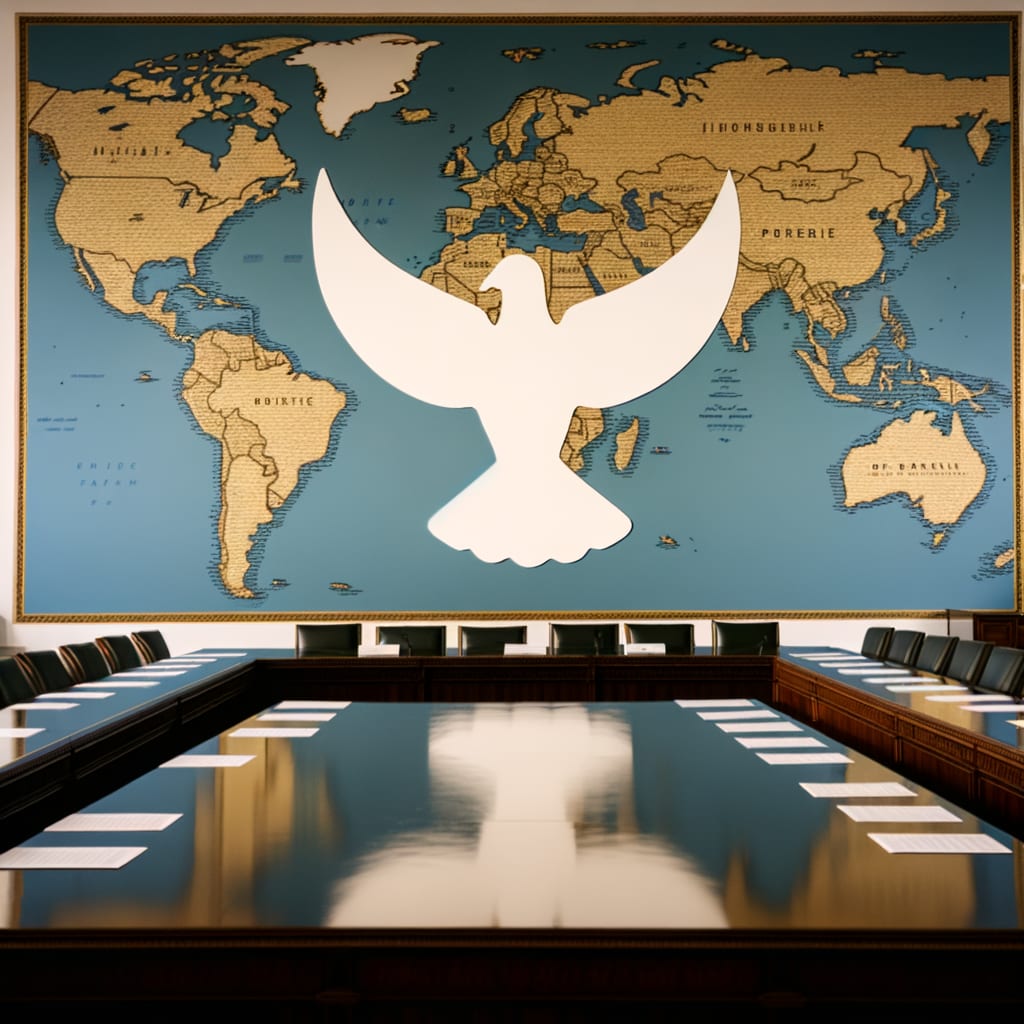Renewed Violence in Gaza: Ceasefire Fragility Laid Bare
Despite the ceasefire that took effect earlier this month, tensions between Israel and Hamas continue to escalate in the Gaza Strip. Reports indicate that Israel has carried out approximately 400 ceasefire violations, resulting in the deaths of at least 305 Palestinians since the truce began. The rising death toll and continued violence have been a stark reminder of the fragility of the ceasefire, raising questions about its sustainability.
Background and Context
The US-brokered ceasefire between Israel and Hamas came into effect five-and-a-half weeks ago, following a long period of conflict that saw extensive damage and numerous casualties. The ceasefire, however, seems to be hanging by a thread. According to the Government Media Office in Gaza, the Israeli military carried out 393 documented violations as of Tuesday evening, resulting in the deaths of 279 Palestinians, most of them civilians, including children, women, and elderly people.
Recent Developments
The Israeli Defense Forces (IDF) have been accused of carrying out direct shooting attacks on civilians, homes, neighborhoods, and tents for displaced people. The military has also launched several incursions into residential and agricultural areas, crossing the temporary “yellow line.” Israeli forces have also been reported to kidnap individuals during raids and incursions across the Strip, further escalating tensions.
The most recent wave of Israeli attacks in Gaza, which took place on Wednesday, resulted in the deaths of 25 Palestinians. These attacks were launched less than 48 hours after the UN Security Council adopted US President Donald Trump's 20-point plan for the enclave. The Israeli military justified these strikes as a response to attacks on its troops.
Reactions and Implications
The rising death toll and continued violence have been met with international condemnation. Qatar has warned that the strikes threaten the stability of the ceasefire. The strikes have also raised concerns about the potential for a resumption of large-scale hostilities. Palestinian group Hamas condemned the latest massacre
and described it as a dangerous escalation.
The ceasefire's fragility is also raising concerns about the humanitarian situation in Gaza. Thousands of bodies remain trapped under the ruins of destroyed buildings, and residents are reportedly trying to extract deceased relatives by themselves.
Current Status and Future Prospects
Despite the ceasefire, the situation in Gaza remains volatile, and the potential for a full-scale resumption of hostilities is real. The ceasefire's sustainability is being undermined by continued violations, and there are fears that the situation could spiral out of control if decisive action isn't taken to enforce the truce.
Germany, having halted its weapons supplies to Israel in August over its campaign in Gaza, announced it would resume arms exports to Israel starting November 24, citing that the situation on the ground has since “stabilized.” This move could potentially influence the dynamics of the conflict moving forward.
While the recent US proposal for a 'Board of Peace' in Gaza has been presented as a blueprint for stability and reconstruction, critics argue that it functions as a political cover for Israel’s ongoing military campaign.
The situation remains uncertain, and the world watches anxiously as events unfold in the Gaza Strip.

